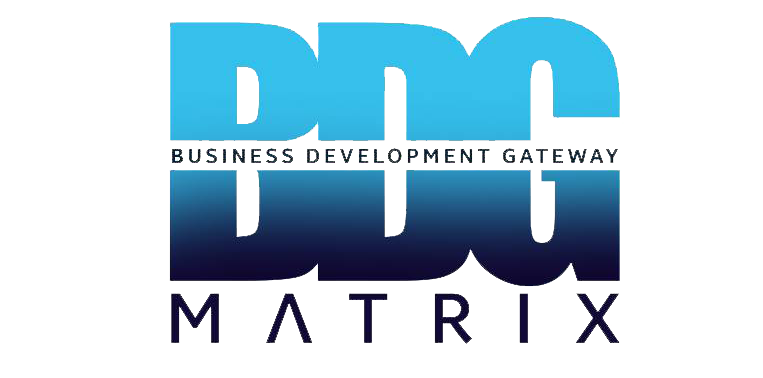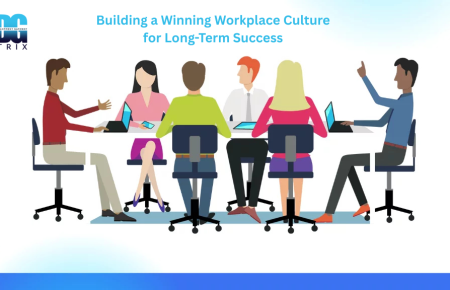When you wake up each morning, roll out of bed, and head into your day, what’s driving you? Are you clocking in to pay the bills, or are you laying bricks for something bigger? The line between a job and a career can feel blurry, but it’s a distinction worth unpacking. One’s a pit stop, the other’s a road trip. As a job seeker or someone rethinking their path, figuring out which you’re chasing and why could change how you approach your next move. Let’s dive into what sets them apart, how they shape your life, and how to decide which one you’re building.
Defining the Terms: Job vs. Career
A job is a gig. It’s the 9-to-5 (or 8-to-6, let’s be real) that keeps the lights on. It’s the barista gig you picked up in college, the retail stint during the holidays, or the office role you tolerate because rent isn’t optional. A job has a clear exchange: you give time and effort, they give money. It’s often short-term, task-focused, and doesn’t always demand your passion or long-range plans.
A career, though? That’s a journey. It’s a series of roles, skills, and experiences that build toward something meaningful whether that’s expertise, impact, or personal fulfillment. Think of a teacher who climbs from classroom aide to principal, or a coder who evolves from junior developer to tech founder. A career ties your work to a bigger story, one you’re writing with intention over years, not just paychecks.
The catch? Not every job is “just a job,” and not every career feels like a calling. The difference lies in your mindset and how you play the hand you’re dealt.
The Job Life: Survival Mode or Stepping Stone?
For many, a job is about survival and there’s no shame in that. Life doesn’t wait for you to “find yourself.” If you’re stacking shelves or answering emails to cover groceries, you’re doing what needs doing.
But a job can also be a launchpad. Take Sarah, a 28-year-old I met at a networking event last year. She started as a cashier at a store, no grand ambitions in sight. Then she noticed how the store’s inventory system lagged orders late, shelves empty. She pitched a fix to her manager, got promoted to supervisor, and now she’s eyeing a supply chain degree. What started as “just a job” became a career spark because she saw beyond the paycheck.
The job life works if it meets your needs cash flow, flexibility, or a low-stress vibe. But if it’s a grind with no endgame, it can trap you in a cycle of burnout and boredom. Ask yourself: Is this a means to an end, or the end itself?
The Career Path: Purpose with a Price
A career, on the other hand, is about momentum. It’s not always glamorous, plenty of careerists slog through late nights and tough calls but it’s fueled by direction. You’re not just working; you’re growing. The teacher who earns a master’s to lead a school, the marketer who hops firms to master branding, they’re betting on a future payoff, whether it’s money, status, or impact.
Careers demand more upfront. Time, education, networking, sacrifice and sometimes all at once. A 2024 LinkedIn report showed that 65% of professionals with over a decade in their field had pivoted at least once, often after years of grinding in “starter jobs” to build skills. It’s a long game. My cousin, for instance, spent five years as a junior accountant, hating the monotony, before landing a financial analyst role he loves. The job was a slog; the career was the prize.
The upside? Fulfillment. A career often aligns with who you are or who you want to be. The downside? Pressure. If it stalls, or if you pick the wrong path, you might feel stuck in a machine you built yourself.
The Gray Zone: When Jobs and Careers Collide
Here’s where it gets messy: the two aren’t always separate. A job can morph into a career if you let it. That barista gig? Master latte art, learn the business, and suddenly you’re managing a café. A career can also shrink to “just a job” if the spark dies, ask any mid-level manager coasting on autopilot.
Your stage of life matters too. In your 20s, a job might be a sandbox to test what sticks. By your 30s or 40s, you might crave a career’s stability or legacy. And let’s not kid ourselves: privilege plays a role. Not everyone can afford to “follow their passion”.
So, Which Are You Building?
Here’s how to figure it out, and what to do next:
- Check Your Why
Why are you in this role? If it’s only money or convenience, it’s probably a job. If it’s skill-building, purpose, or a step toward a goal, you’re leaning career. Be honest, there’s no wrong answer. - Look at Your Timeline
Jobs are now; careers are later. Are you planning your next move, or just surviving this one? A job seeker who applies scattershot is hunting work. One who targets roles in a field they love is crafting a career. - Assess Your Effort
Jobs ask for your hours; careers ask for your hustle. Are you learning on the side, networking, or pushing for more? That’s career energy. Punching the clock and peacing out? Job mode. - Feel the Fit
Does this work light you up or at least not drain you dry? A career doesn’t have to be your soulmate, but it should feel like a partner, not a prison.
Making Your Move
If you’re in a job and happy, own it. Save that cash, enjoy the freedom, and don’t let anyone guilt you into “dream-chasing.” But if you want a career, start small. Pick up a skill, social media marketing, coding, public speaking, whatever fits. Talk to people in the field. Turn your job into a classroom; every shift’s a lesson if you squint.
If you’re already on a career path, protect it. Don’t coast, keep learning, keep stretching. And if it’s not working? Pivot. A career’s a living thing; it can shift with you.
The Bottom Line
A job keeps you afloat; a career keeps you moving. Neither’s better, they’re just different. The real question is what you need right now, and what you’re willing to build for tomorrow. So, job seeker, dreamer, grinder, where are you at? And where do you want to go? The answer is yours to shape.




